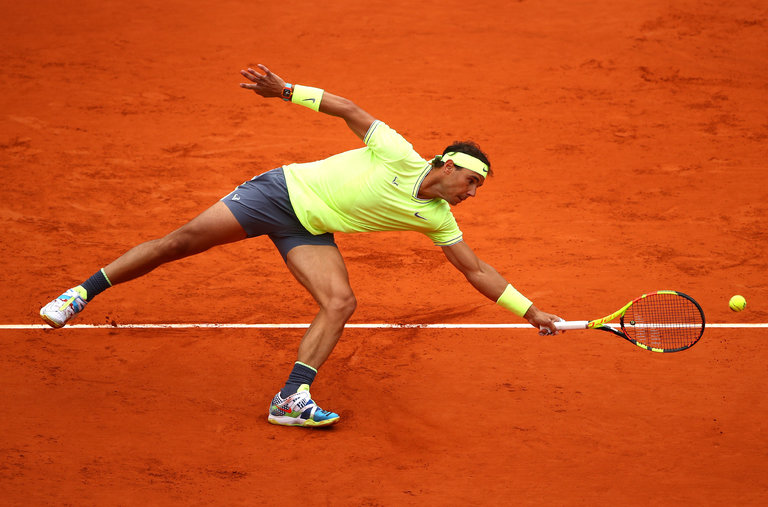Discover Sambo: The Dynamic Soviet Martial Art Shaping Modern Combat
Introduction to Sambo Martial Arts
Sambo is a distinctive martial art and combat sport that originated in the Soviet Union in the early 20th century. With a name derived from the Russian phrase meaning “self-defense without weapons,” Sambo stands out for its blend of powerful throws, ground control, and submission techniques. Initially developed for military and law enforcement training, Sambo has since grown into a recognized international sport with a strong presence in the mixed martial arts (MMA) community. [1]
The Origins and Evolution of Sambo
The roots of Sambo can be traced back to the 1920s, when two pioneers, Vasili Oshchepkov and Viktor Spiridonov, set out to improve the Red Army’s hand-to-hand combat abilities. Both men brought unique expertise to the table: Oshchepkov, a student of Judo founder Kano Jigoro, incorporated Japanese Judo principles, while Spiridonov drew from Greco-Roman wrestling, freestyle wrestling, and native Russian styles. [1] Their collaboration, along with contributions from Anatoly Kharlampiev and others, led to a comprehensive system that unified the most effective techniques from global martial arts. Sambo was officially recognized as a sport in the USSR in 1938. [2]
Core Techniques and Training in Sambo
Sambo is best known for its emphasis on takedowns, ground control, and leg locks . Training focuses on practical self-defense, making it both an effective sport and a valuable real-world skill. The system incorporates elements from Judo, wrestling, jiu-jitsu, and even striking arts, allowing practitioners to adapt to various combat scenarios. [5] There are two primary branches:
- Sport Sambo : Focuses on throws, pins, and submissions, similar to Olympic wrestling and Judo, but with its own unique rules and techniques.
- Combat Sambo : Adds striking (punches, kicks, elbows, knees) to the grappling arsenal, making it suitable for military and law enforcement training and closer to modern MMA. [3]
Training typically includes:
- Warm-ups and conditioning to build strength, agility, and endurance.
- Technical drills focusing on throws, holds, and escapes.
- Sparring (live practice) to develop timing and strategy under pressure.
- Application of techniques for self-defense scenarios.
Benefits of Practicing Sambo
Sambo offers a range of benefits for practitioners of all ages and backgrounds. Some of the most notable include:
- Comprehensive self-defense skills for real-life situations.
- Physical fitness, including improved strength, flexibility, and cardiovascular health.
- Increased confidence and mental resilience.
- Opportunities for competition at local, national, and international levels.
- Transferable skills for other martial arts, especially those involving grappling or MMA. [1]
Many successful MMA fighters, such as Fedor Emelianenko and Khabib Nurmagomedov, have backgrounds in Sambo, underscoring its effectiveness in high-level competition. [3]
How to Access Sambo Training and Resources
Getting started with Sambo can be approached in several ways, depending on your location and goals:

Source: martialartswisdom.com
- Find a Local Club or Gym: Sambo schools and clubs operate in many countries. To locate one, search for “Sambo club near me” or check with regional martial arts federations.
- Contact National Sambo Federations: Many countries have official Sambo federations that provide information on accredited coaches, clubs, and events. For example, in the United States, you can search for “USA Sambo Federation” or visit the official Team USA Sambo page .
- Online Training and Instruction: For areas without local clubs, consider online courses, instructional videos, or virtual seminars from reputable Sambo coaches. Many international Sambo organizations provide digital resources or can direct you to verified instructors.
- Attend Seminars and Workshops: Martial arts expos and seminars often feature Sambo experts. These events are a great way to experience the art firsthand, learn foundational skills, and network with practitioners.
- Gear and Safety: Sambo typically requires a specific uniform called a “kurtka” (jacket), wrestling shoes, and sometimes headgear. Most clubs provide guidance on where to purchase appropriate gear and how to maintain safety during training.
For those interested in competition, most national federations organize tournaments at various levels. Rules and registration details are typically available through their official channels or websites.
Practical Application and Real-World Impact
Sambo’s effectiveness extends beyond sport. Its origin as a military hand-to-hand combat system means it is designed to be practical and adaptable. Techniques are chosen for their efficiency in neutralizing threats, making Sambo a popular choice for law enforcement and security professionals worldwide. [2] In addition, Sambo’s growing presence in MMA and self-defense circles demonstrates its adaptability and relevance in modern combat sports.
Challenges and Solutions When Starting Sambo
While Sambo offers many benefits, beginners may encounter challenges such as limited club availability, language barriers with instructional material, or adjusting to the unique rules. Solutions include:
- Seeking out online communities and forums for guidance and support.
- Using translation tools to access international resources.
- Attending cross-training seminars where Sambo is offered alongside Judo or wrestling.
Practitioners are encouraged to be persistent and open-minded, as the skills acquired through Sambo are both rewarding and transferable to other disciplines.
Alternative Approaches and Cross-Training Opportunities
For those unable to find Sambo-specific training, cross-training in Judo, wrestling, or Brazilian Jiu-Jitsu can provide a strong foundation. Many techniques overlap, and experience in these arts can ease the transition to Sambo. Additionally, self-defense programs that incorporate grappling and striking elements may offer similar benefits. [5]

Source: fightersportclub.com
Key Takeaways
Sambo is a versatile martial art with deep historical roots and modern applications in sport, self-defense, and professional combat. Its unique blend of grappling and striking techniques continues to influence martial arts globally. Whether you aim to compete, improve fitness, or simply learn effective self-defense, exploring Sambo can be a rewarding journey. To begin, research local clubs, contact national federations, or seek reputable online resources. With persistence and the right guidance, anyone can experience the dynamic world of Sambo.
References
MORE FROM couponnic.com













